
Join now to start learning
Learn from our quality instructors!
Get startedThis website uses cookies to personalize content and analyse traffic in order to offer you a better experience. Cookie policy
Study any topic, anytime. explore thousands of courses for the lowest price ever!
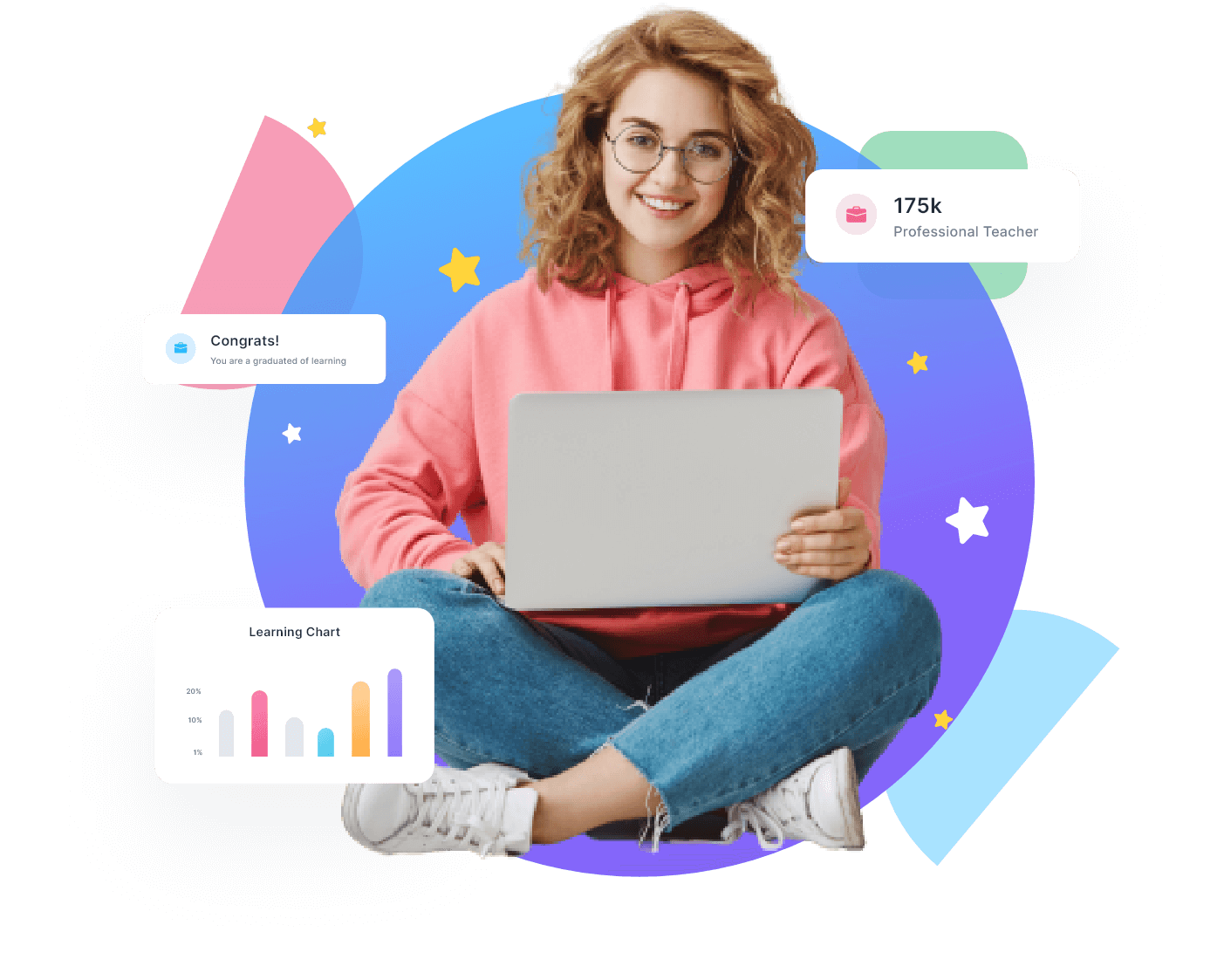
Happy
Students

Experienced
Instructors

Explore a variety of fresh topics

Find the right course for you

Learn on your schedule
These are the most popular courses among listen courses learners worldwide
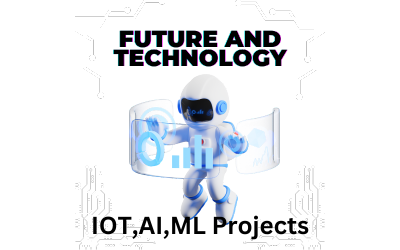
0
(0 Reviews)
 Compare
Compare
IoT, AI, and ML for Innovation: Start Your Career with Real-World Projects Short Description: Kickstart your journey into the world of IoT, AI, and ML with hands-on projects using ready-to-use development boards, sample code, and expert online support. Ideal for engineers, technologists, and aspiring innovators.
₹28500
Hours
Last updated Sun, 08-Sep-2024
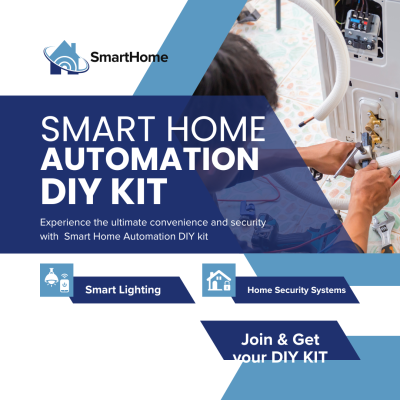
0
(0 Reviews)
 Compare
Compare
Control lights, fans, and other appliances remotely through the built-in web UI or smartphone via MQTT.
Hours
Last updated Thu, 19-Sep-2024
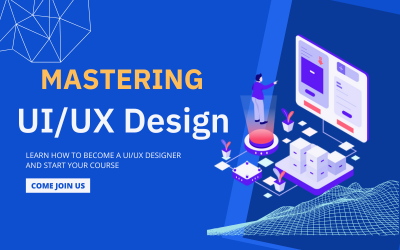
0
(0 Reviews)
 Compare
Compare
Understand the core principles of UI/UX design and its significance in the digital world.
Hours
Last updated Sat, 19-Oct-2024
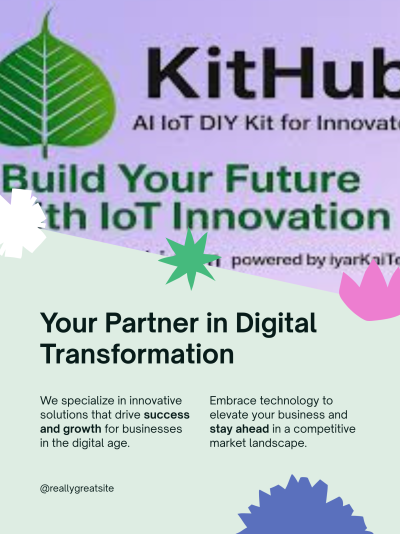
0
(0 Reviews)
 Compare
Compare
Master the foundations of IoT, Embedded Systems, and AI with hands-on learning and your own DIY hardware kit. This beginner-friendly course bundle includes guided video lessons, real-world projects, and cloud-based tools to help you build your first smart IoT system from scratch. Ideal for students, innovators, and tech enthusiasts.
₹95000
Hours
Last updated Sat, 02-Aug-2025
These are the most popular courses among listen courses learners worldwide
These are the most latest courses among listen courses learners worldwide

0
(0 Reviews)
 Compare
Compare
Master the foundations of IoT, Embedded Systems, and AI with hands-on learning and your own DIY hardware kit. This beginner-friendly course bundle includes guided video lessons, real-world projects, and cloud-based tools to help you build your first smart IoT system from scratch. Ideal for students, innovators, and tech enthusiasts.
₹95000
Hours
Last updated Sat, 02-Aug-2025

0
(0 Reviews)
 Compare
Compare
Understand the core principles of UI/UX design and its significance in the digital world.
Hours
Last updated Sat, 19-Oct-2024

0
(0 Reviews)
 Compare
Compare
This detailed course content ensures that learners will not only build an Automated Irrigation System but also gain in-depth knowledge of IoT applications in Smart Agriculture, preparing them for real-world deployments.
₹29000
Hours
Last updated Sun, 06-Oct-2024
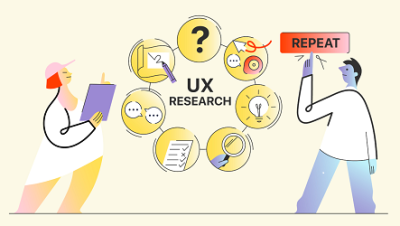
0
(0 Reviews)
 Compare
Compare
User Experience (UX) research is a process of understanding user behaviours, needs, motivations, and challenges through various research methods to inform and improve product design and development. It helps ensure that the product or service meets user needs and provides a satisfying experience.
Hours
Last updated Sat, 28-Sep-2024

0
(0 Reviews)
 Compare
Compare
Control lights, fans, and other appliances remotely through the built-in web UI or smartphone via MQTT.
Hours
Last updated Thu, 19-Sep-2024

0
(0 Reviews)
 Compare
Compare
IoT, AI, and ML for Innovation: Start Your Career with Real-World Projects Short Description: Kickstart your journey into the world of IoT, AI, and ML with hands-on projects using ready-to-use development boards, sample code, and expert online support. Ideal for engineers, technologists, and aspiring innovators.
₹28500
Hours
Last updated Sun, 08-Sep-2024
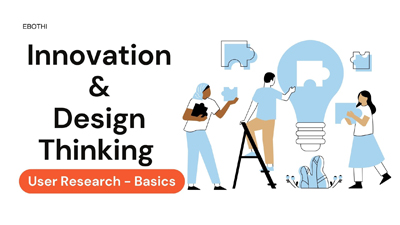
0
(0 Reviews)
 Compare
Compare
User Research - Basic
Hours
Last updated Wed, 28-Aug-2024
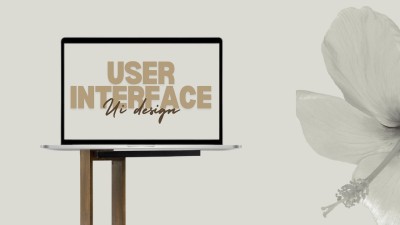
0
(0 Reviews)
 Compare
Compare
The design of the user interface (UI) is an essential component of the development of digital products, including software, mobile applications, and websites. It focuses on the aesthetics and interactivity of a product, ensuring that users can navigate and interact with the interface easily and effectively. Here's a comprehensive guide to understanding UI design, its principles, and best practices.
Hours
Last updated Fri, 23-Aug-2024
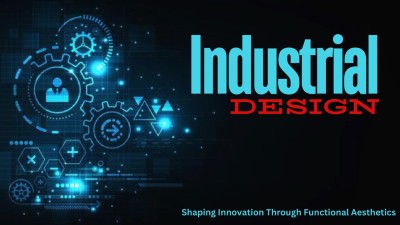
0
(0 Reviews)
 Compare
Compare
Industrial design is a professional discipline focused on the creation and development of products that combine functionality, aesthetics, and user experience. It involves the conceptualization, design, and refinement of consumer goods, tools, and systems to improve usability, ergonomics, and visual appeal, often integrating considerations of sustainability and manufacturability. Industrial designers work to create products that are not only practical and efficient but also visually pleasing and aligned with user needs and market trends.
Hours
Last updated Fri, 23-Aug-2024
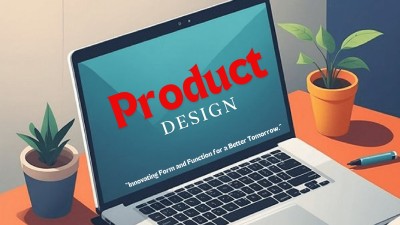
0
(0 Reviews)
 Compare
Compare
Our comprehensive course provides a comprehensive understanding of the art of product design, encompassing a wide range of topics, including advanced prototyping techniques and user-centered design principle.
Hours
Last updated Fri, 23-Aug-2024
They efficiently serve large number of students on our platform
Gather your thoughts, and make your decisions clearly

1


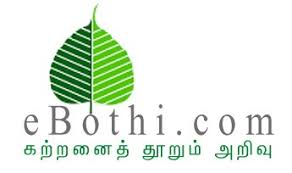
Ebothi.com is an AI-powered smart LMS that personalizes learning experiences, making education more intuitive, engaging, and effective. Transform your learning journey with adaptive tools designed to accelerate growth.
